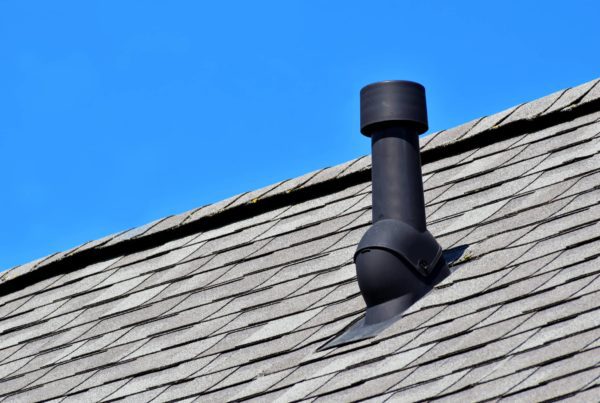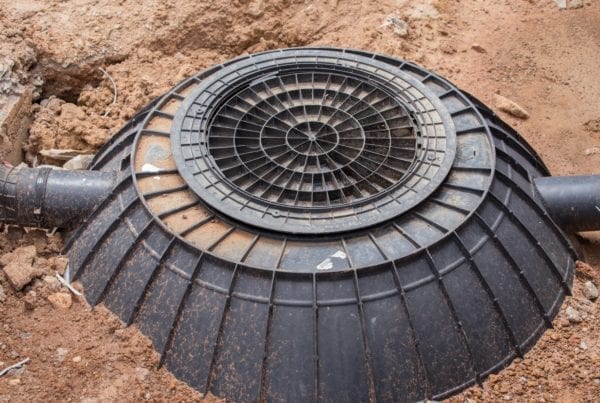
Texas is no stranger to termites, and the damage these tiny pests can cause is anything but small. With the warm, humid climate creating the perfect environment for termites to thrive, homeowners face a constant risk of infestations that could jeopardize the integrity of their homes. Catching the problem early and taking preventive steps can save you from costly repairs and a lot of stress.
This guide dives into everything you need to know about preventing and spotting termites in Texas homes. You’ll learn how to identify the warning signs, implement effective prevention strategies, and confidently protect your investment.
Why Termites Like Homes in Texas
Texas offers termites everything they need to thrive—food, moisture, and warmth. The state’s warm, humid climate creates the perfect breeding ground for these pests, allowing them to stay active year-round.
Unlike colder regions, where termites slow down during winter, Texas provides the conditions for uninterrupted feeding and colony expansion. Certain types of termites are particularly common in Texas, including:
- Subterranean termites, which build mud tubes and attack wood from below the surface
- Drywood termites, known for infesting furniture and structural wood without needing soil
Certain homes are especially vulnerable because of their construction. Wood framing, common in many houses, is a prime food source for termites. Add to that soil-rich landscaping, leaky plumbing, or poor drainage, and you’ve got an invitation for termites to move in.

The Simplest Approach to Termite Prevention
Simple Ways to Keep Termites Away
Preventing termites from invading your home requires a mix of proactive maintenance, thoughtful landscaping, and awareness of what attracts these pests.
Follow these steps to protect your home and property:
- Eliminate moisture sources: Termites thrive in damp environments, so fix any leaking pipes, faucets, or AC units. Ensure your gutters and downspouts are clear and direct water away from your foundation. Crawl spaces should be well-ventilated to reduce humidity levels.
- Keep wood and soil separate: Avoid direct contact between soil and wooden structures. Use concrete or metal barriers where possible, and maintain at least six inches of clearance between wood siding and the ground.
- Store firewood and debris properly: Firewood, lumber, and wood debris should be stored at least 20 feet away from your home. Keep these materials off the ground by using a raised platform or rack.
- Maintain a termite-resistant landscape: Choose mulch alternatives like gravel or rubber mulch, which termites are less likely to feed on. Ensure that trees and shrubs are trimmed back from your home to reduce pathways for termites to enter.
- Seal entry points: Inspect your home’s foundation, windows, doors, and roof for cracks, gaps, or holes. Seal any openings with caulk or another suitable material to block termite access.
- Use treated wood for construction projects: For fences, decks, or other outdoor wooden structures, opt for pressure-treated wood that is resistant to termites.
How to Spot Them Before Disaster
Termites are sneaky, often going unnoticed until they’ve caused significant damage. Regular inspections can make all the difference in catching an infestation early. Watch for these warning signs:
- Mud tubes along your foundation or walls, which termites use to travel between their colony and food sources.
- Hollow-sounding wood when tapped, which could mean termites have eaten away the interior.
- Discarded wings near windowsills or doors, often left behind by swarmers.
- Frass, or termite droppings, which resemble tiny wood-colored pellets near infested areas.
Focus on inspecting high-risk areas like crawl spaces, attics, and basements, where termites are most likely to enter.
Other Maintenance Tips to Stay Termite-Free
Protecting your home from termites isn’t a one-time task. Routine maintenance is key to keeping pests away and ensuring your property stays in great shape:
- Inspect the perimeter of your home for any changes, like cracks in the foundation or damp spots near the base.
- Clean out gutters and ensure downspouts direct water at least five feet away from your home to prevent moisture buildup.
- Check crawl spaces and basements for leaks or signs of standing water and address them immediately.
- Regularly clear out wood debris, leaves, or mulch piled against your house. These materials can attract termites and create a bridge for them to enter your home.
- Schedule seasonal pest inspections to stay ahead of potential infestations, especially during the warmer months when termites are most active.

Termite frass and mud tunnel formation, indicating an infestation
When to Bring in a Professional
If you notice signs like mud tubes, hollow-sounding wood, or frass around your home, it’s time to act quickly. A professional inspection is essential to assess the severity of the problem and identify areas you might have missed.
For homeowners looking to buy or sell, a professional inspection can also provide peace of mind and ensure there are no surprises during the process. Licensed inspectors use advanced tools and techniques to locate termite activity, even in hidden areas like inside walls or under flooring. They can also recommend effective solutions to prevent future infestations.
Conclusion
Termites thrive in Texas, but with the right steps, your home doesn’t have to be their next target. Staying vigilant, addressing vulnerabilities, and leaning on professional expertise when needed, can keep termites at bay and protect your property from costly damage.
When it comes to your home’s safety, there’s no substitute for peace of mind. All Coast Home Inspections is here to help with thorough termite inspections tailored to your needs. Take action today and schedule an inspection to safeguard your home for years to come.



